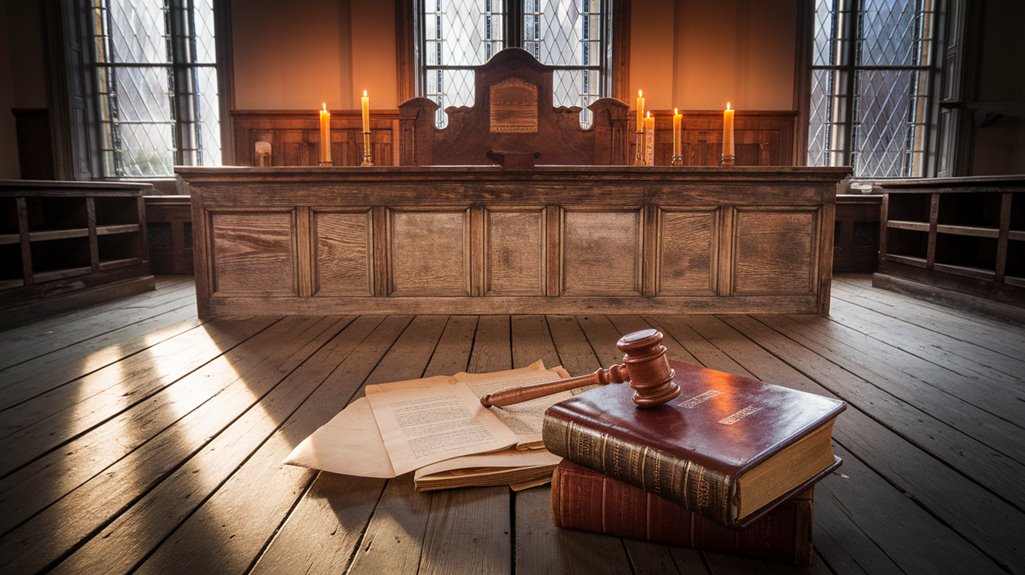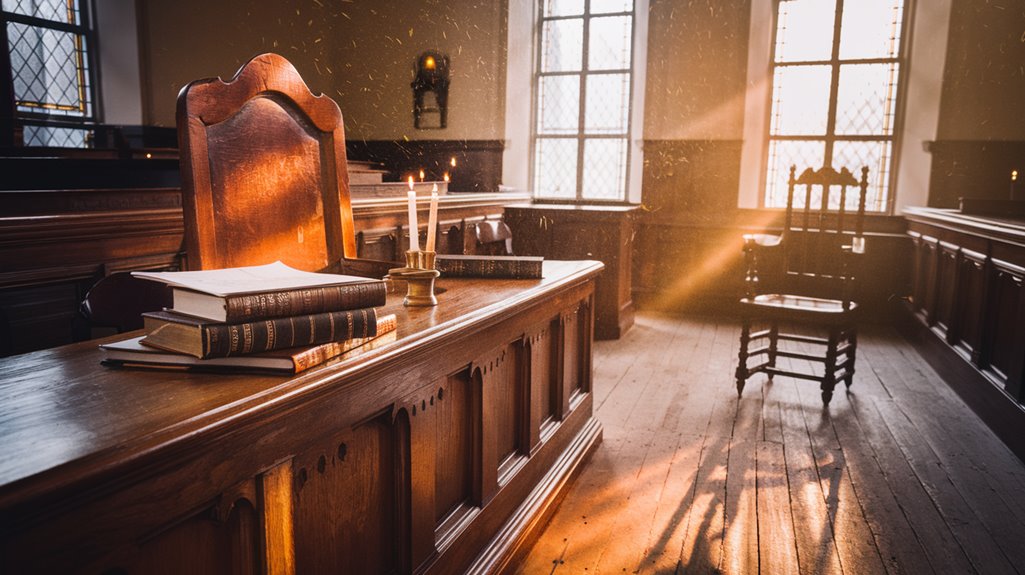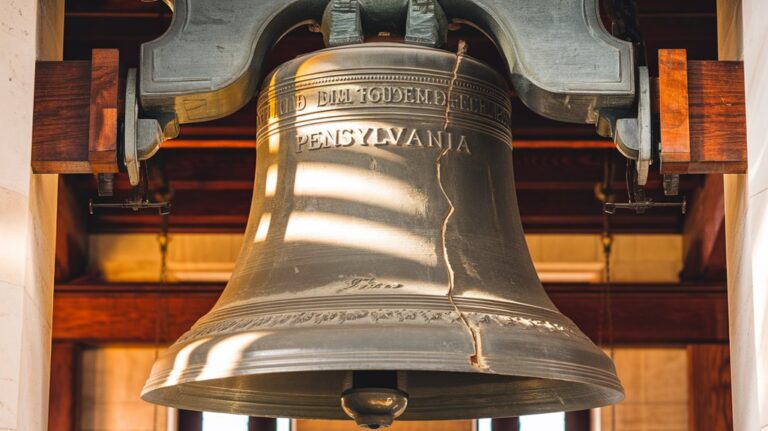The Last Salem Witch Trial Conviction Was Overturned in 2022
You wouldn't believe that it took over three centuries to right one of America's most notorious miscarriages of justice. In 2022, Elizabeth Johnson Jr. finally received her long-overdue exoneration from the Salem witch trials, thanks to the dedication of middle school students who wouldn't let her story fade into history. It's a powerful reminder that you don't need to be a legal expert or historian to challenge historical wrongs—and there's much more to this remarkable tale of persistence and redemption.
The Journey to Elizabeth Johnson Jr.'s Exoneration
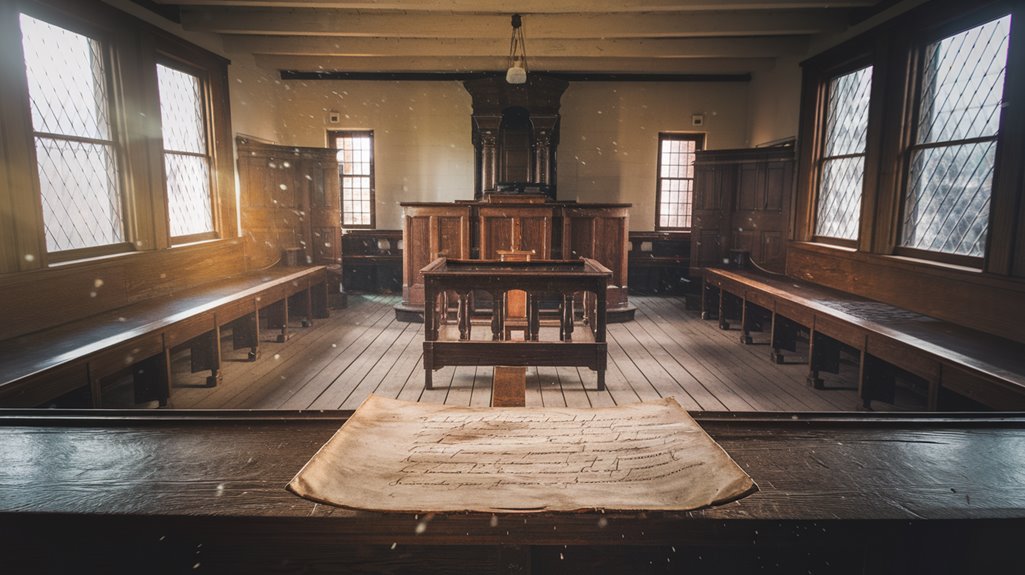
While many victims of the Salem witch trials received posthumous pardons over the centuries, Elizabeth Johnson Jr.'s path to exoneration took an extraordinary 329 years.
Her case highlights the social implications of being unmarried, childless, and intellectually disabled in colonial America, which left her particularly vulnerable to accusations and without advocates for her legacy.
At age twenty-two years old, Johnson faced accusations of witchcraft that would haunt her reputation for centuries to come.
While she had attempted to clear her name through a 1711 petition, her efforts at the time were unsuccessful.
You'll find that community involvement ultimately changed Johnson's story when an eighth-grade civics class in North Andover took up her cause.
Under teacher Carrie LaPierre's guidance, students researched her case and successfully petitioned for her exoneration.
Their efforts culminated in 2022 when Governor Charlie Baker signed legislation clearing Johnson's name, making her the last Salem witch trial victim to receive justice.
A Brief History of the Salem Witch Trials
Before the infamous Salem witch trials began in 1692, a series of events set the stage for one of colonial America's darkest chapters. The execution of Ann Glover in Boston and Cotton Mather's influential writings on witchcraft had already heightened tensions when Samuel Parris became Salem Village's minister in 1691.
The Salem hysteria erupted when two young girls, Betty Parris and Abigail Williams, began showing strange symptoms. Local doctor William Griggs suggested that witchcraft was the cause of their mysterious afflictions. Over the course of the trials, Salem means peace in a tragic irony that would mark this dark period.
What followed was a devastating wave of accusations, trials, and executions. Colonial justice took a cruel turn as the courts accepted spectral evidence, leading to the deaths of 20 innocent people, including Bridget Bishop, the first to be hanged, and Giles Corey, who was pressed to death.
Though the trials ended in 1693, it wasn't until 1702 that they were declared unlawful.
The Role of Modern Education in Historical Justice
Modern education has taken up the mantle of addressing historical wrongs, and the Salem witch trials serve as a powerful teaching tool for understanding justice and prejudice.
Within educational frameworks, you'll find a delicate balance between acknowledging past injustices and fostering forward-looking development in students. Contemporary educators are working to ensure human rights education becomes central to historical justice discussions.
Teachers now use historical narratives like the Salem trials to demonstrate how fear and prejudice can lead to devastating consequences. The fact that 78 percent of accused were women highlights the deeply rooted gender bias that fueled these persecutions.
You'll see this approach in classrooms where students examine not just what happened, but why it happened and how similar injustices can be prevented today.
This integration helps you understand that historical justice isn't just about correcting past records – it's about building critical thinking skills and empathy to prevent future instances of persecution and injustice.
Understanding the Legal Process of Historical Pardons
Since historical pardons involve complex legal mechanisms, understanding their process requires examining both constitutional foundations and procedural requirements.
You'll find that the pardon process originates from Article II, Section 2 of the Constitution, giving presidents sole authority over federal pardons. Research shows a concerning decline in clemency over recent decades. The historical implications of this power have shaped how we handle past injustices today. The recent exoneration of Johnson demonstrates how modern advocacy efforts can successfully address historical wrongs.
When you're researching historical pardons, you'll need to navigate through various record groups, including the Office of the Pardon Attorney and Department of State files.
If you're looking at cases before 1853, you'll need to examine both Attorney General and State Department records, as they shared pardon responsibilities.
For post-1977 cases, you'll typically need a specific case file number, unless it's considered a significant pardon case.
The Significance of the Final Salem Witch Trial Exoneration
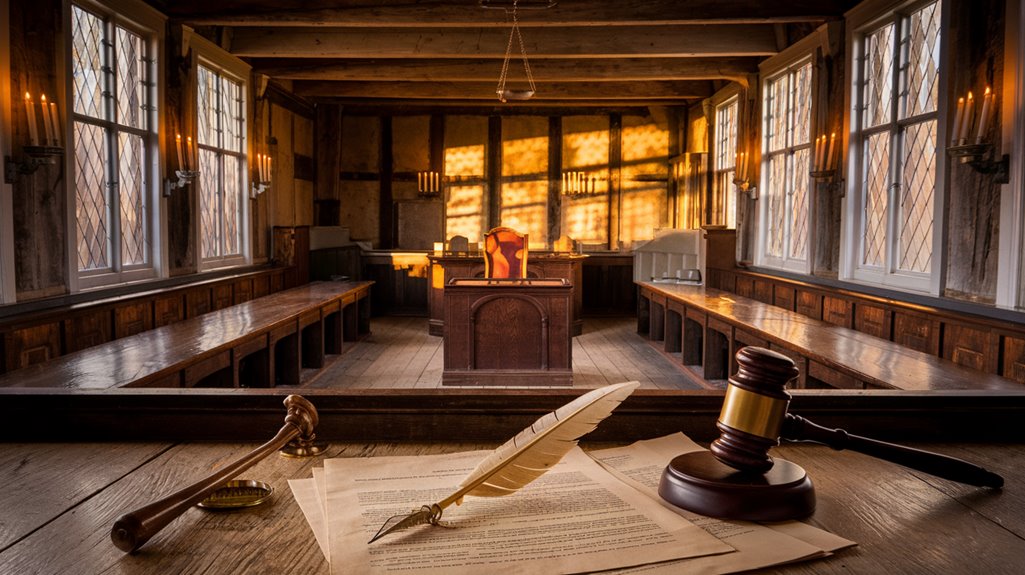
After centuries of waiting, the 2022 exoneration of Elizabeth Johnson Jr. marked a pivotal moment in American legal history as the final Salem witch trial conviction was officially overturned.
This landmark decision represents more than just historical accountability; it demonstrates how modern society can address past injustices.
You'll find particular significance in how this exoneration came about, with middle school students leading the charge for social justice. Their success proves that advocacy for historical wrongs remains relevant and achievable today. Thanks to Carrie LaPierre's class, the eighth-grade civics students researched and petitioned lawmakers until justice was finally achieved.
The case also sets a precedent for similar efforts in Connecticut and other regions where historical witch trial convictions remain unaddressed. The original trials resulted in twenty deaths during this dark chapter of colonial America.
Beyond its immediate impact, this exoneration serves as a powerful reminder of the importance of due process and the ongoing need to protect marginalized voices in our justice system.
The Legacy of Salem: Past Injustices and Present-Day Healing
Through centuries of reflection and study, the Salem Witch Trials have evolved from a dark chapter in colonial history to a powerful symbol of how fear and prejudice can corrupt justice systems.
You'll find their legacy deeply woven into modern social justice discussions, serving as a stark reminder of what happens when due process fails and mass hysteria prevails. During this dark period, over 200 innocent people were accused during the trials.
 unverifiable hearsay evidence, mirroring the same problematic practices that led to wrongful convictions in Salem.
unverifiable hearsay evidence, mirroring the same problematic practices that led to wrongful convictions in Salem.
Today's community healing efforts show how far we've come in addressing historical wrongs.
You can see this progress in actions like the 1992 memorial dedication, recent exonerations, and educational initiatives that help people understand the trials' broader implications.
The involvement of North Andover Middle School students in clearing Elizabeth Johnson Jr.'s name demonstrates how younger generations are actively participating in reconciliation efforts, proving that healing from historical injustices remains an ongoing, community-wide responsibility.

